Jewelry Classroom | Meet all kinds of common jewelry
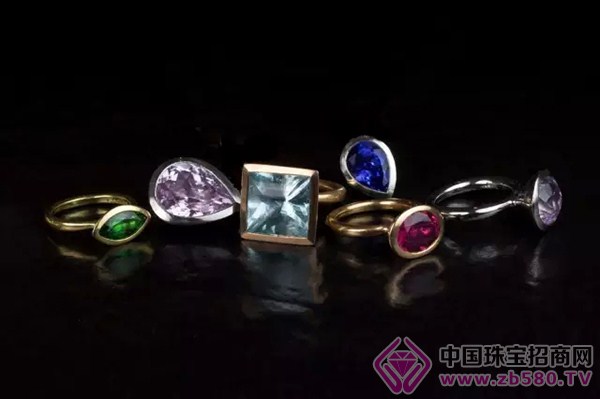
diamond
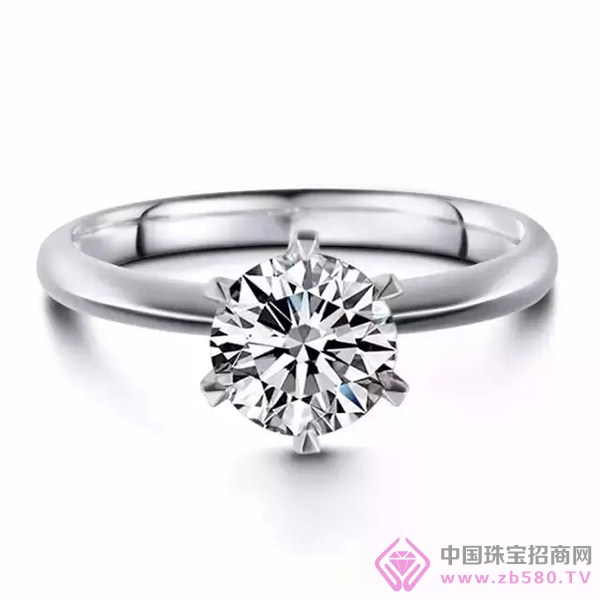
Diamonds are the hardest substance in natural materials. Diamonds can be used to engrave any other gemstone, but any other gemstone can be scratched.
It can also be scored with a “standard hardness testerâ€. Any hardness less than 9 degrees is a fake diamond. Diamonds are also lipophilic. For example, a pen draws a line on the surface of a diamond to form a continuous straight line, while other gemstones have intermittent lines. The above methods have certain reference value in the identification of diamonds.
It can also be observed by a magnifying glass of 10 times. Under the magnifying glass of 10 times, most of the diamonds can be seen with enamel, and there are triangular growth patterns. The surface of the diamond has "fire" light of "red, orange, blue" and the like. shining.
The most accurate and reliable method is to use the "thermal conductivity meter" to measure the thermal conductivity data to distinguish between true and false diamonds, but the "thermal conductivity meter" is more expensive.
ruby
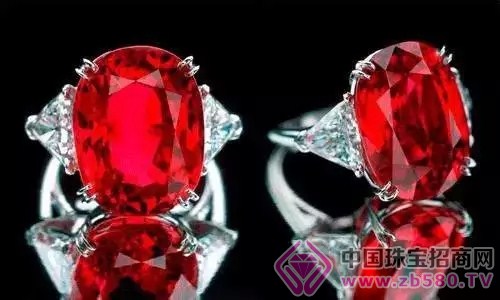
Natural gemstones are “ten red and nine cracksâ€, and natural rubies without any cracks and cracks are extremely rare. The artificial ruby ​​has the same color, and the internal defects or crystal inclusions are small, clean, and the block is large. As a precious gemstone, natural rubies over 3 carats on the market are rare. If you encounter a large piece of ruby, you should pay attention because natural rubies are worth a thousand times more than artificial rubies. If you are negligent, you will "taking medicine."
Natural ruby ​​has a strong "dichroic", so-called dichroism, that is, there are two shades of red and orange in different directions. If there is only one color, it may be red spinel, garnet or red glass. Wait.
Red spinel is very similar to natural ruby, and the two are the most confusing, so they must be especially careful.
sapphire
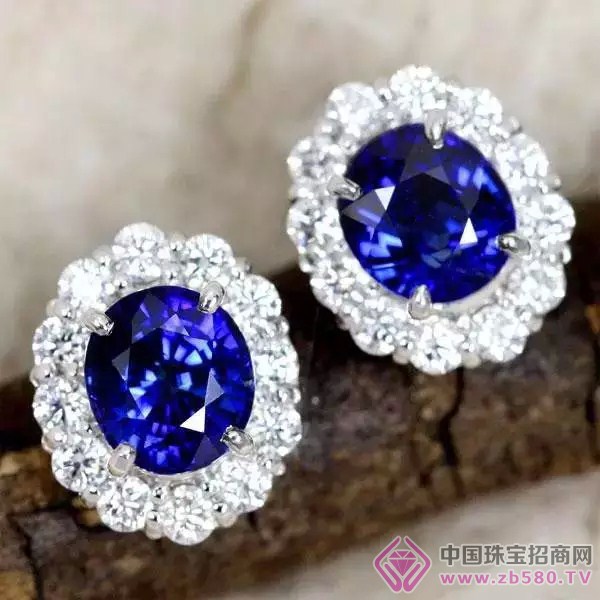
Natural sapphires tend to be uneven in color, and most have flat growth patterns. The artificial sapphire has the same color, and its growth pattern is a curved belt, which often shows crumb-like or bead-like bubbles in the body.
Natural sapphire also has a distinct dichroism, which is blue in one direction and blue-green in the other. The coloration of other gemstones is different from that of natural sapphires and can be distinguished accordingly.
In addition, the easiest method is to use the hardness method. Natural sapphire can mark the topaz, while other blue stones are difficult to mark on the topaz. Therefore, when buying jewelry, if there is no instrument around, just have a piece of topaz. Sometimes it can solve some problems.
Emerald
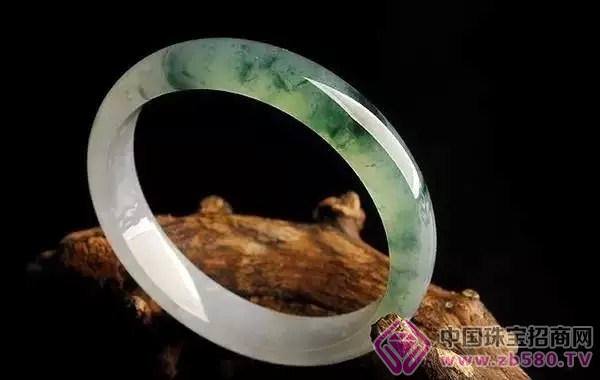
Some people say that using a Dow filter to take a green jade, if it turns into red, it can be said that this jade is dyed, no discoloration is the true color. This kind of statement is very mechanical and it is a cloud of people.
The Dow filter is a color filter film that allows only red and orange light to pass through. The fuel used to dye jadeite generally contains a chromium salt. When it is high in concentration, it emits red light and appears red under the Dow filter. However, if the color of the dye is not deep, the concentration of chromium salt is not high, and it is reddish under the Dow filter, which is difficult to observe. In addition, the natural green jade sometimes contains a small amount of red-emitting substances, so the use of Dow filter to observe the green jade should be carefully analyzed, it will have an indication and can not make a conclusive judgment.
So what is the difference between the natural green of jade and the dyed green? I know the reason for dyeing jade, and the reason why natural jade has green, white, and purple is because the crystals that make up the jade are green, white, and purple. So when we look at the color of a natural jade, its color and crystal are inseparable. The dyed jade, its original crystal is colorless, and the dye that enters the jade through the dye is along the crystal. Intergranular voids or some fine cracks infiltrate, so there is a clear boundary between color and crystal.
Emerald
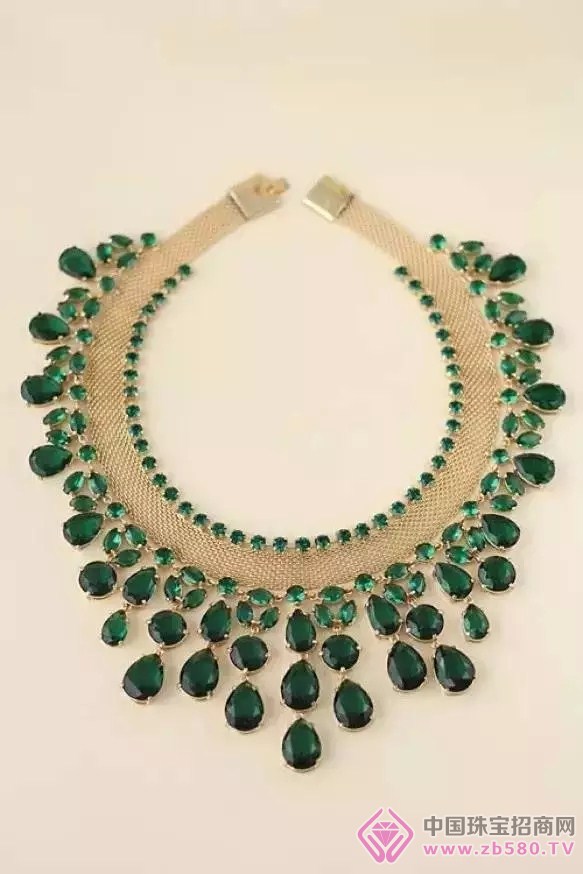
The difference between emerald and similar natural green gemstones, synthetic emeralds, and fakes. Similar natural green gemstones are Fluorite , green tourmaline, apatite, jade, green sapphire, chrome vanadium calcium aluminum garnet; artificial emeralds and imitations with synthetic emerald, beryl three-layer stone, foil-lined grandmother Green, oiled emeralds, etc. The difference is as follows: fluorite, micro-band blue green, homogeneous body, hardness, 4, density 3.18 g / cm3, larger than emerald, fluorescent light blue.
Green tourmaline, dark blue green tourmaline is changed to pure green after treatment, the dichroism is obvious, the birefringence is high, it is 0.18, and the density is large. Apatite, light blue apatite with a blue color, has a blue hue, a hardness of 5, a large refractive index of 1.632-1.667, and phosphorescence under ultraviolet light. Jade, high-quality translucent emerald green jade is more like emerald, but jade has a fiber interweaving structure, with finer fibers, emerald does not have this structure. In addition, it contains chrome vanadium calcium aluminum garnet [2], emerald green, homogeneous body, strong argon diamond gloss.
Synthetic emerald, flux growth method and hydrothermal synthesis, rich color, strong red fluorescence under ultraviolet light, bright red under the color filter. There are also beryl three-layer stone, foil-lined emerald, oil-filled emerald, etc., which can be distinguished from emeralds by careful observation and identification.
pearl
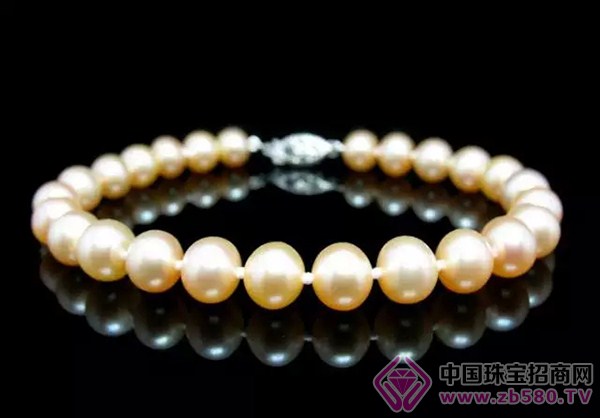
Pearls are divided into natural pearls and cultured pearls. Cultured pearls are divided into seawater pearls and freshwater pearls. Natural pearls are produced in small quantities and expensive; while cultured pearls can be produced in large quantities, so the price is much lower.
The main difference between the two is that there are no cores in natural pearls and cultured pearls. The core of natural pearls is often just some sand or parasites, not even nuclear. The core of the cultured pearl is a large bead made by hand, so the outer wrap is thin. On the surface of the body, natural pearls are random due to their growth environment, and the foreign matter in the nucleus rarely rolls, and its shape is poorly rounded.
The cultured pearl core is rounded, so the roundness after pearling is better. Due to the long growth time of natural pearls, the texture is fine after being pearlized, the bead layer is thick, the epidermis is smooth, there are few “bulls†and it is relatively transparent. Cultured pearls have short beading, so the bead layer is thin, the texture is rough, the gloss is "wax", and the surface often has some concave and convex "small bubbles", and the transparency is also poor. If it is a perforated pearl, carefully observe the inside of the hole with a magnifying glass. If it is a cultured pearl, it can generally be seen that there is a brown boundary line in the bead, which is the boundary line between the placed inner core and the later developed nacre.
Tourmaline
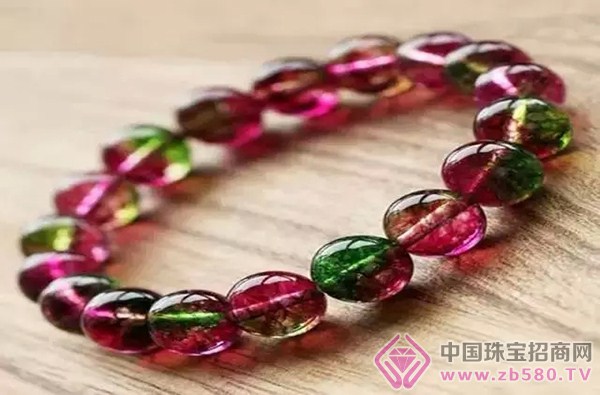
Tourmaline is a mid-range gemstone, but because of the more expensive pink and fresh blue tourmaline, there are also fakes. There are two types of common imitation products, one is artificially colored with colorless tourmaline; the other is made of red glass. The method of identification is that the true tourmaline often has obvious dichroism, and the double shadow is visible; the tubular wrap or cotton batt is visible in the body, and the cross section of the crystal is a triangular triangle. These characteristics are not found in the imitation goods. The tourmaline dyed by the workers is not difficult to identify because of the color stagnation and the lack of natural tourmaline.
Classification of jewelry
Classification of jade: from the color: white jade, jasper, sapphire, ink jade, topaz, jaundice, green jade, Jingbai jade and so on. Geographically: Xinjiang jade, Henan jade, Xiuyan jade (also known as Xinshan jade), Australian jade, Dushan jade, southern jade, Canadian jade, etc., and Xinjiang and Daiyu are China's famous products.
The classification of agate: from the color: white, gray, red, blue, green, yellow, goat liver, gallbladder, chicken blood, black agate and so on. From the pattern, there are: grass, algae, silk, onyx and so on. It is produced in Northeast China, Inner Mongolia, Yunnan, and Guangxi. And there is a water-bearing agate, called water agate.
Classification of stone: Turquoise , Lapis Lazuli, hibiscus stone, wood stone (also known as tiger skin stone), peach stone (also known as Beijing powder green) Malachite , blue stone, sheep liver stone, Tiger Eye stone, Dongling Stone, etc., of which turquoise is a famous product in the area of ​​Fuyang, Hubei, China.
Crystal classification: crystal, Amethyst , Citrine , Smoky Quartz, sapphire crystal (also known as smoke crystal), soft crystal, twin crystal, hair crystal. China's north and south have produced.
The classification of jadeite: purple, red, gray, yellow, white and other colors, but green is expensive, it is a famous specialty of our neighboring Myanmar.
Coral classification: red and white, is a seabed coelenterate fossil, the quality of production in Taiwan Province of China is very good.
Classification of pearls: pearls (seawater pearls, freshwater pearls), cultured pearls (seawater cultured pearls, freshwater cultured pearls).
Classification of gemstones: diamonds, rubies, sapphire, emeralds, Aquamarine, cat's eye gemstones, discolored gemstones, citrine gemstones, opal, tourmaline, spinel, garnet gemstones, zircon gemstones, olive emeralds, emeralds , quartz cat eyes, feldspar gemstones, etc.
Gold Set Women Rings,Wedding Rings for Women,Fashion Set Ring,Titanium Alloy Key Ring
JOYA GIFT CO.,LIMITED , https://www.joya-jewelry.com